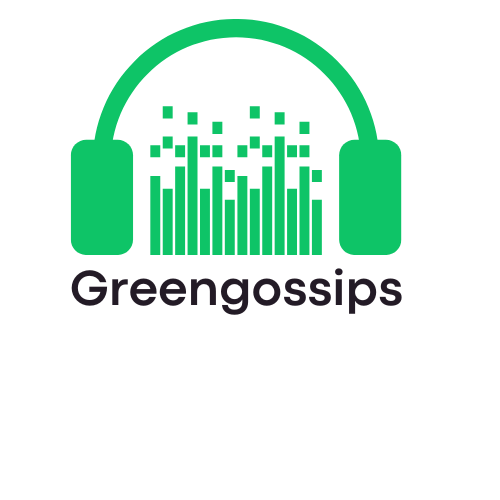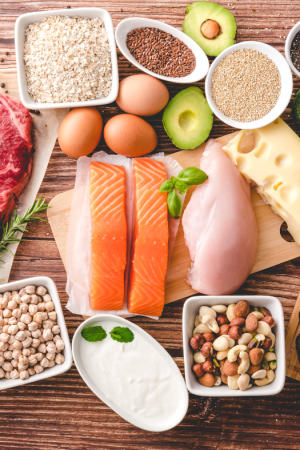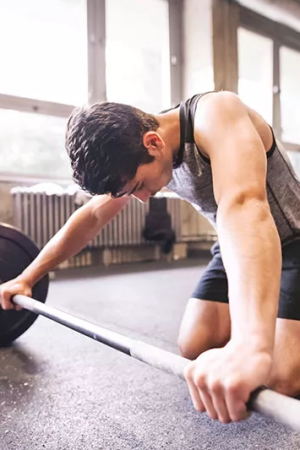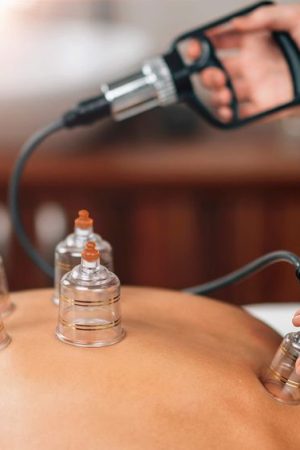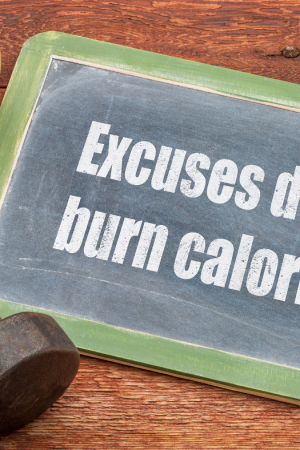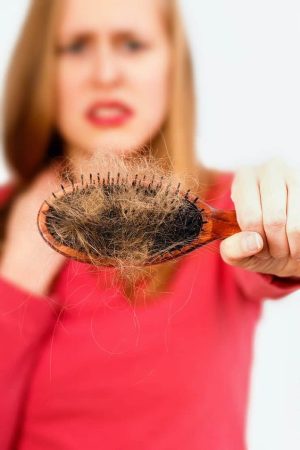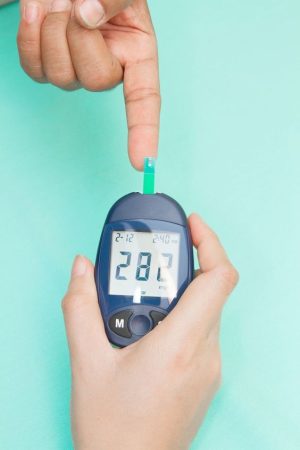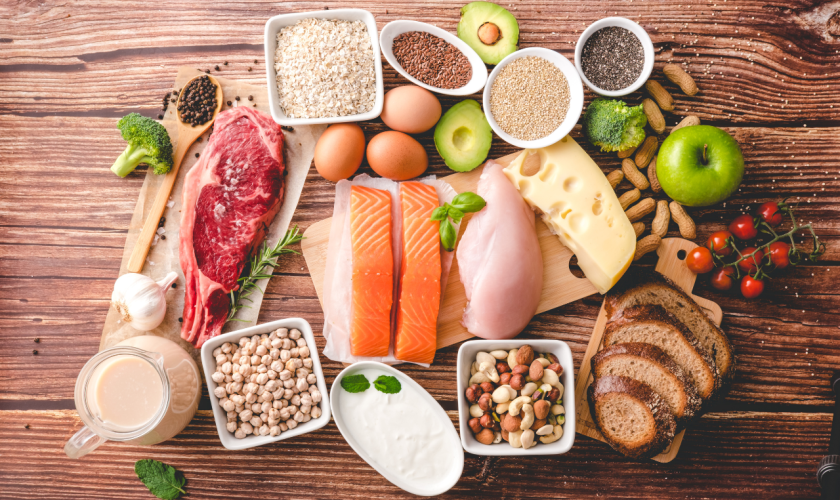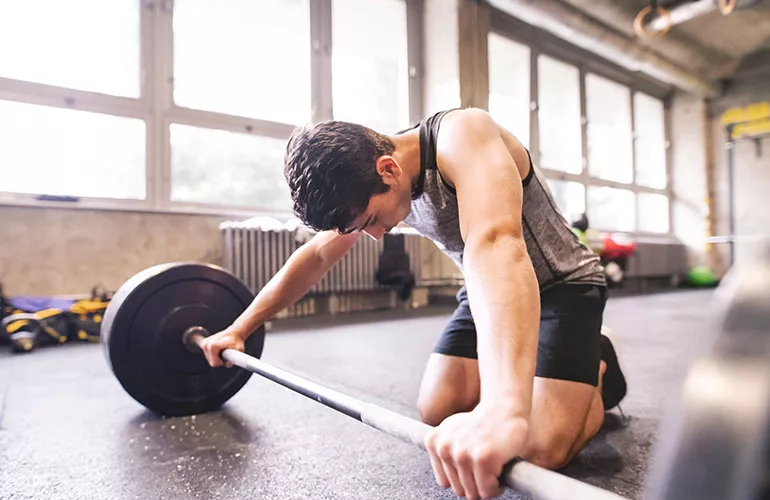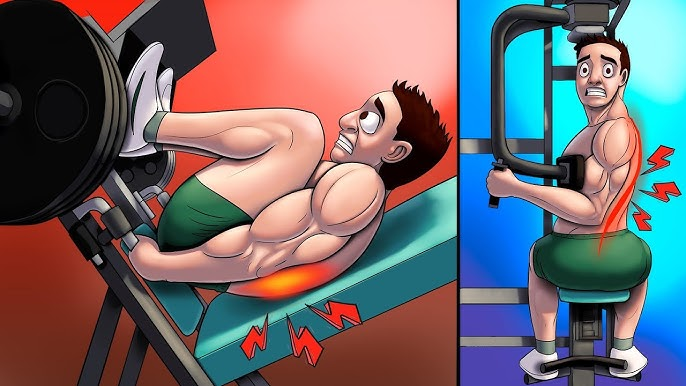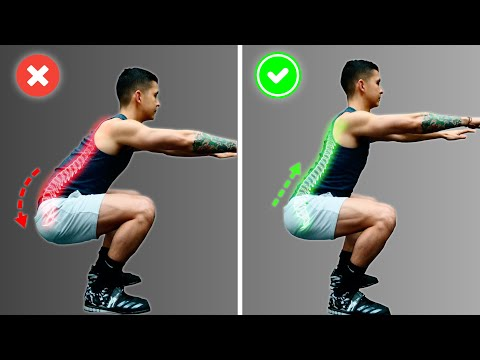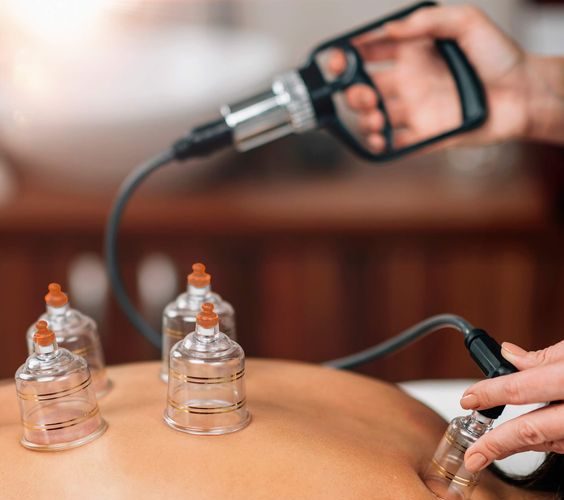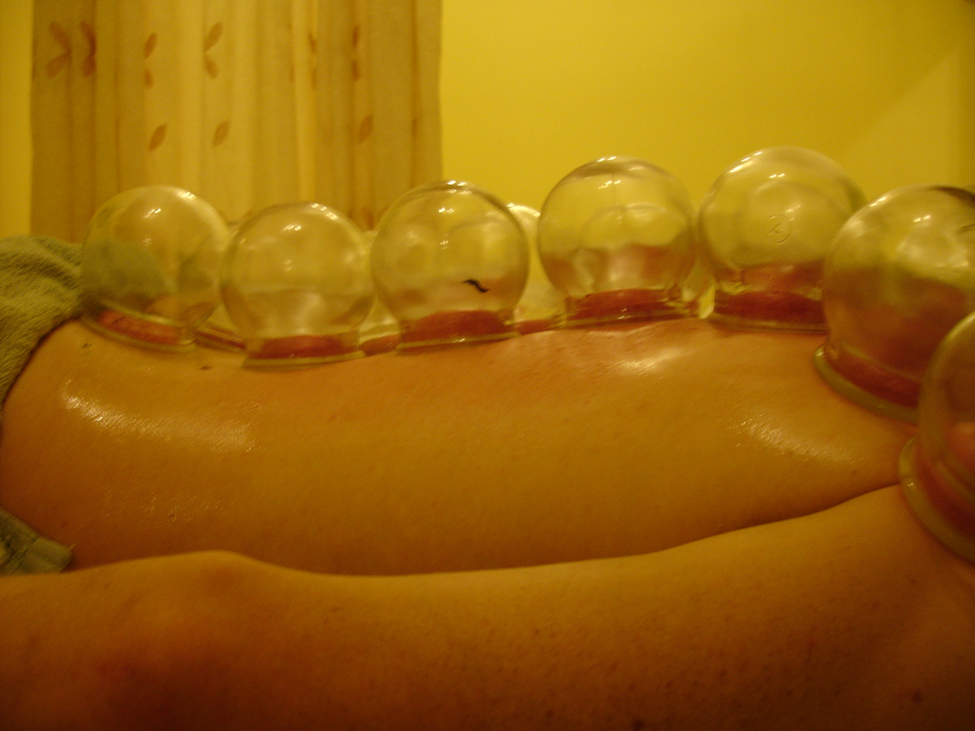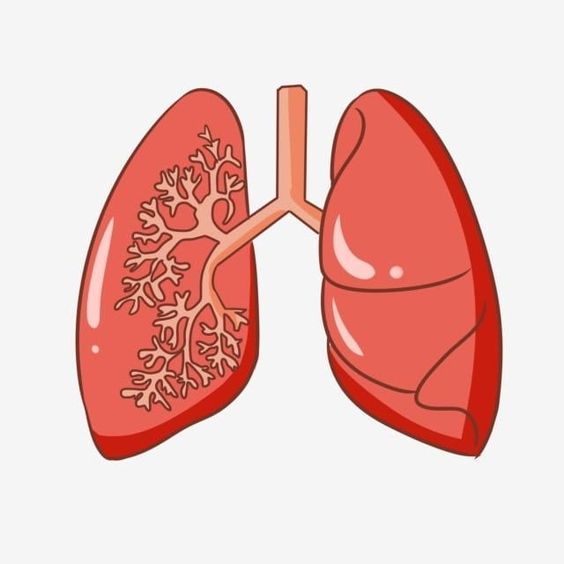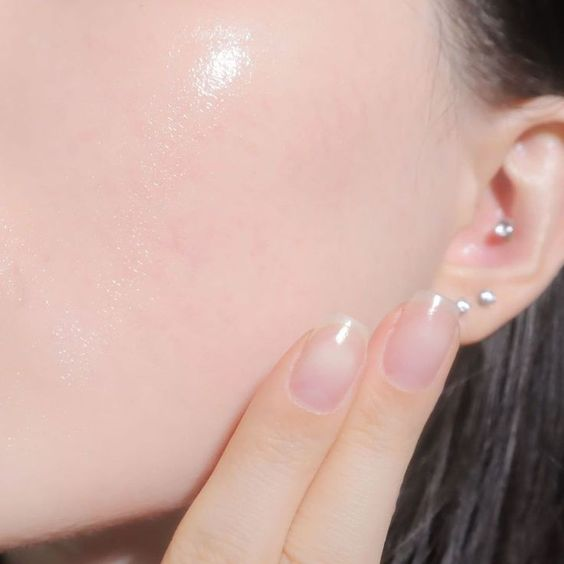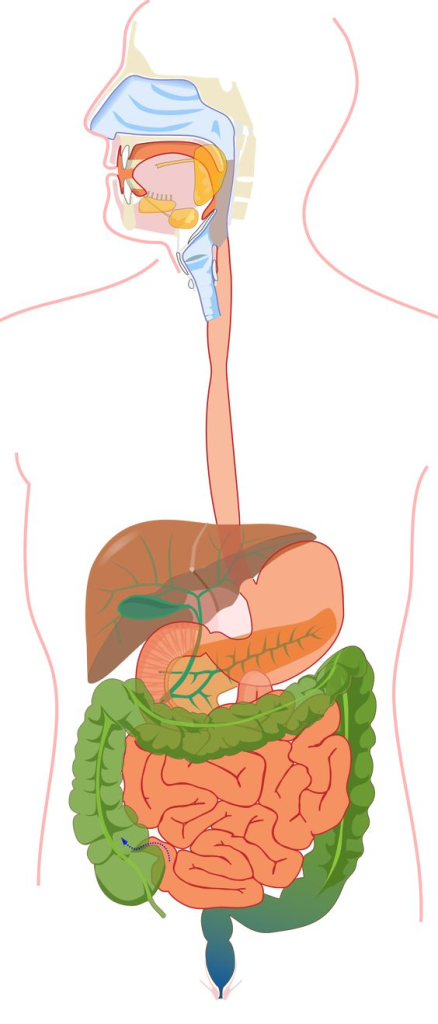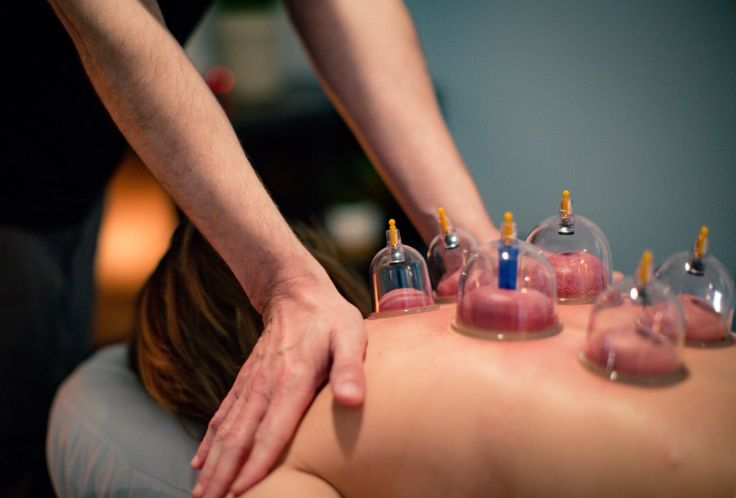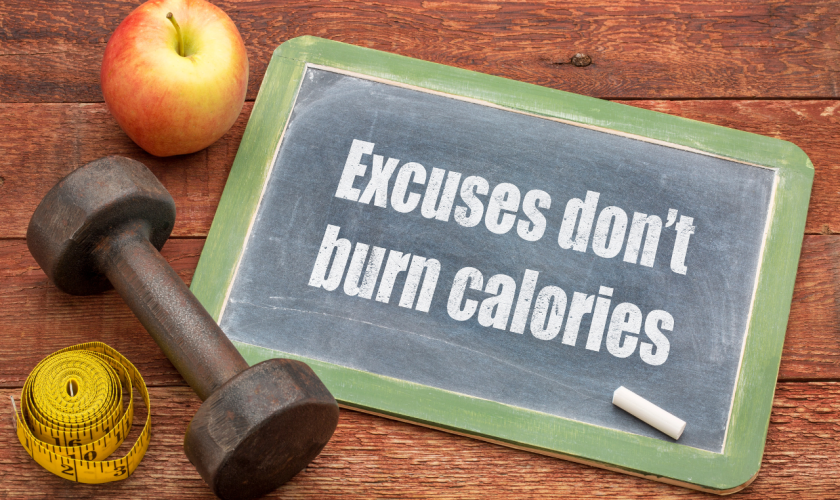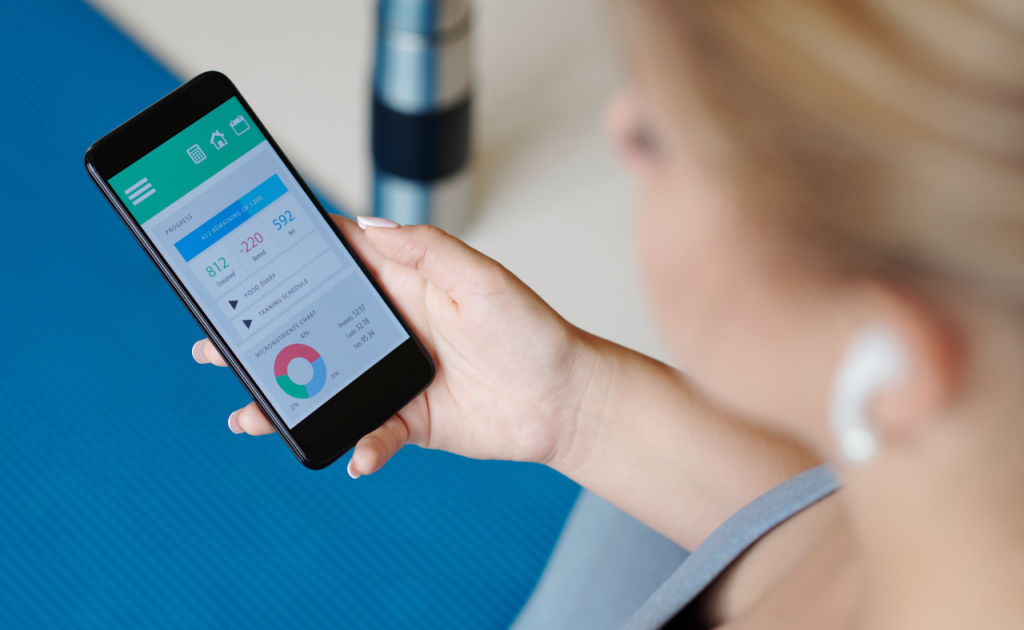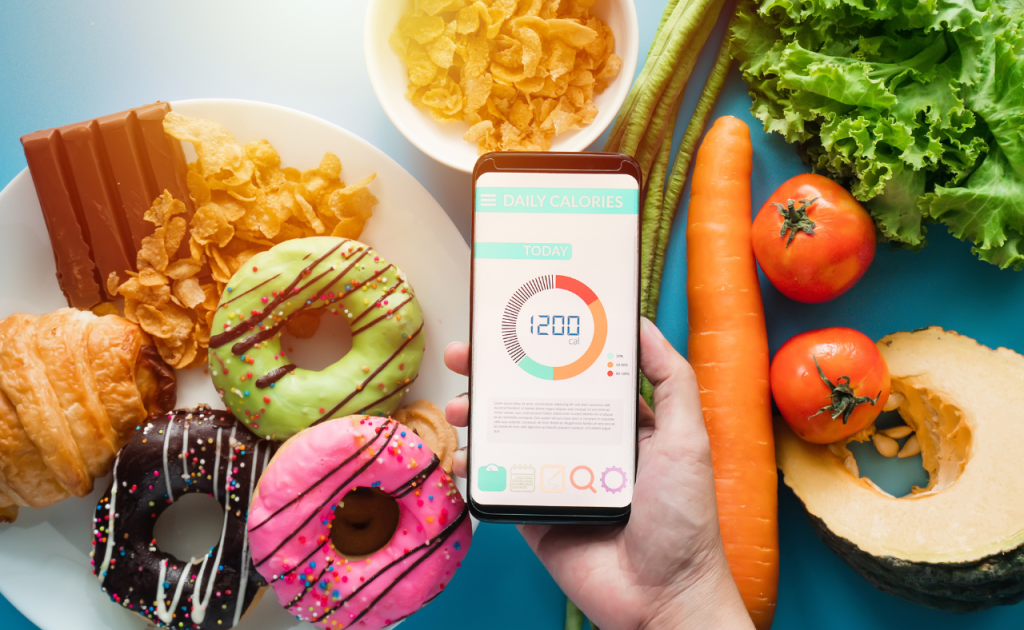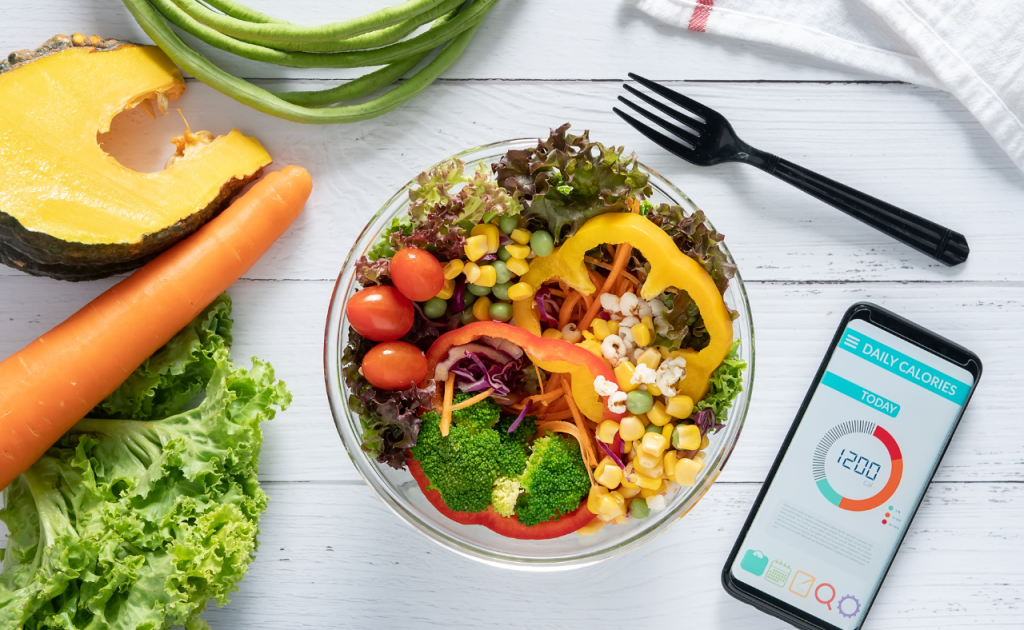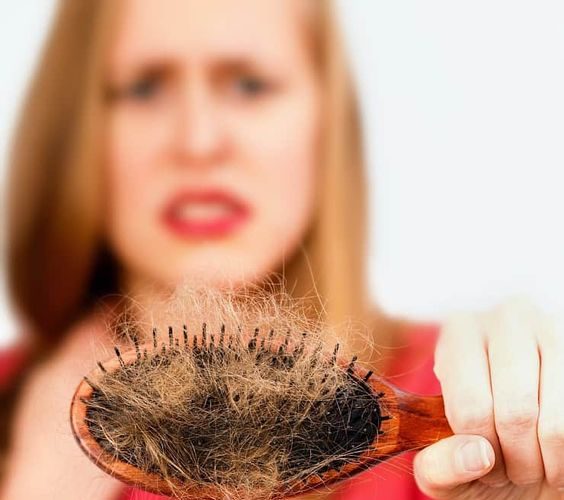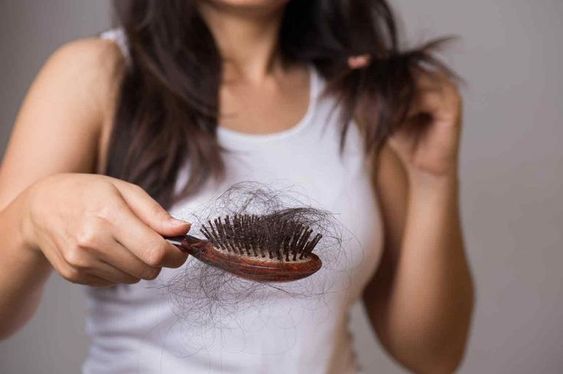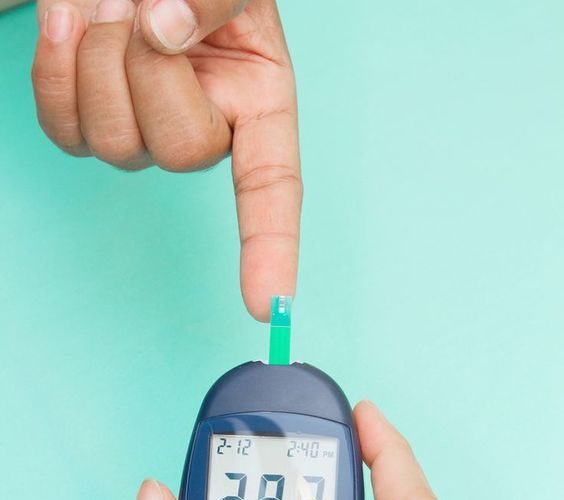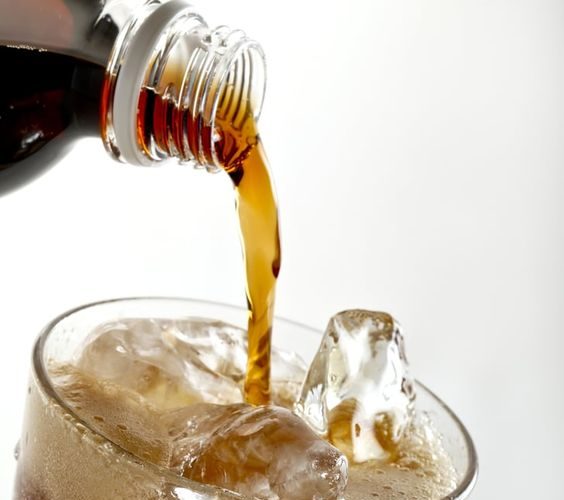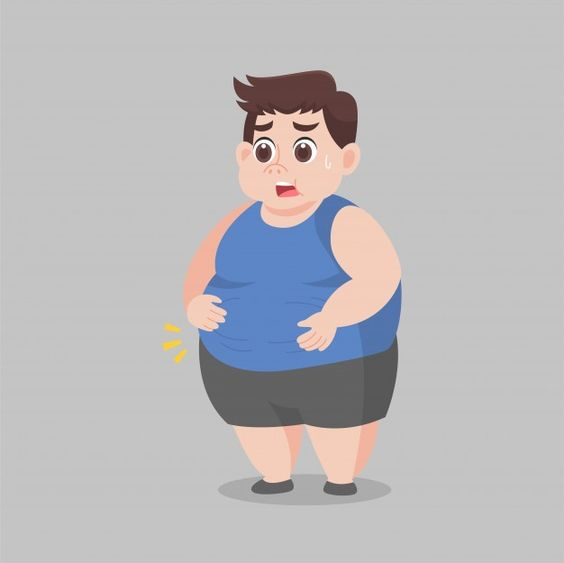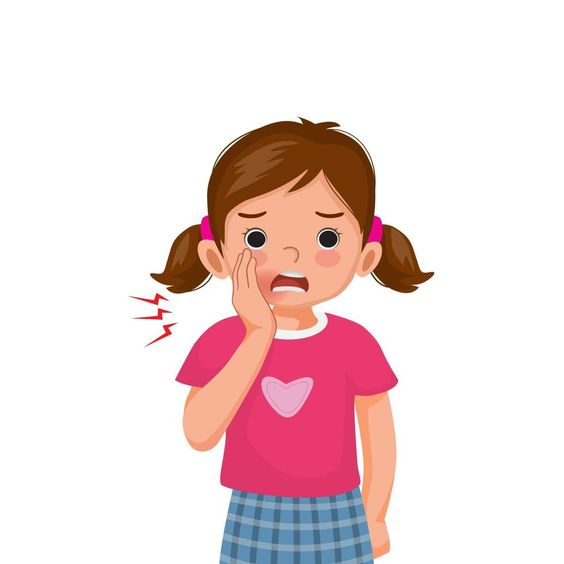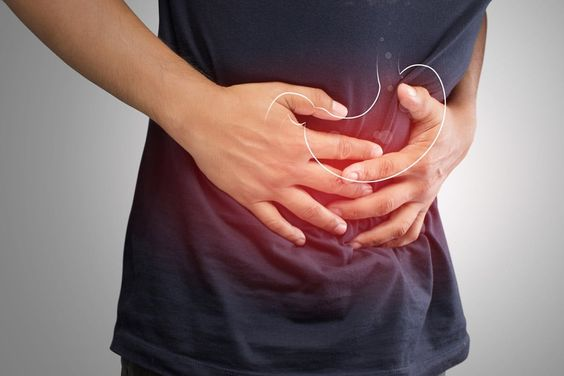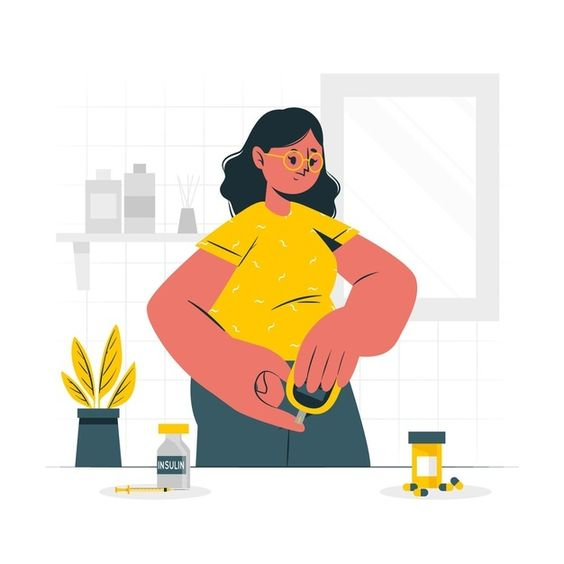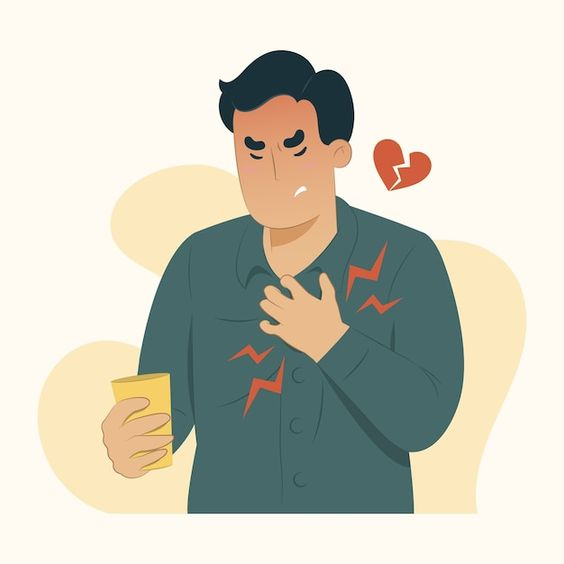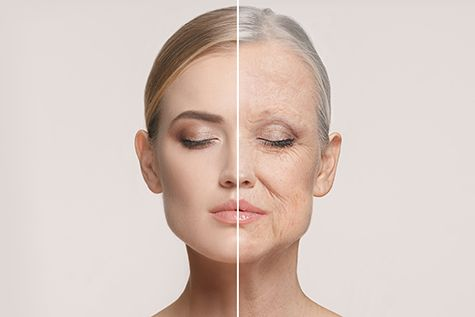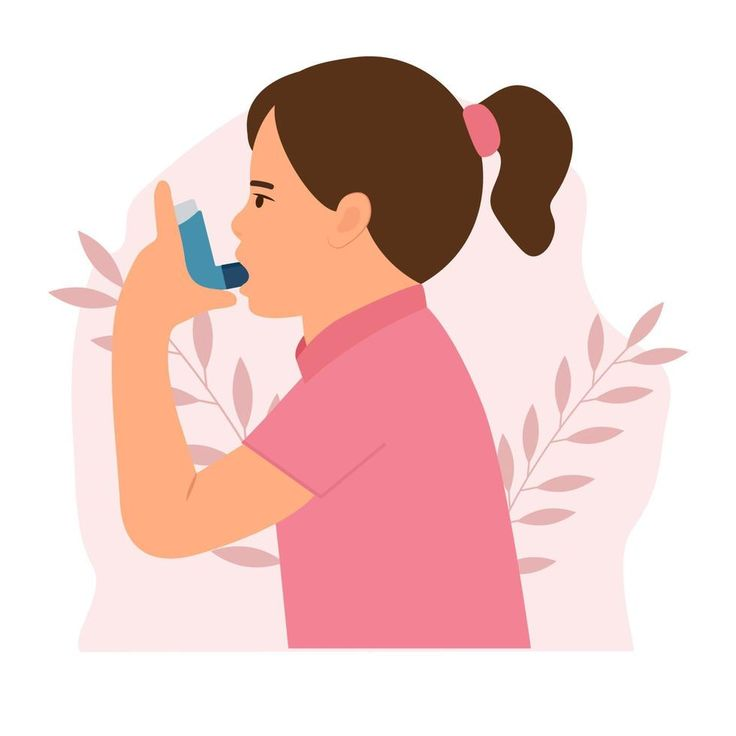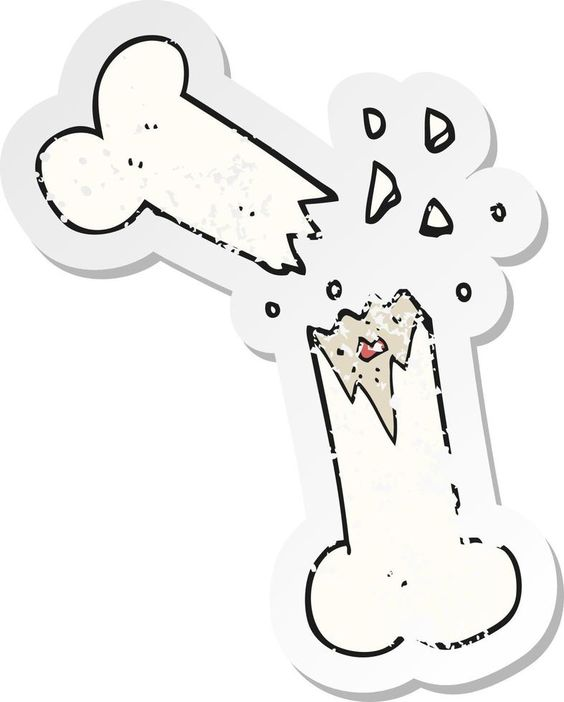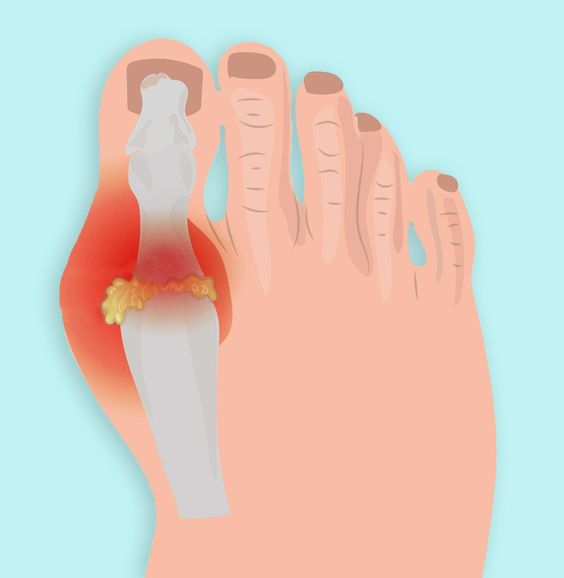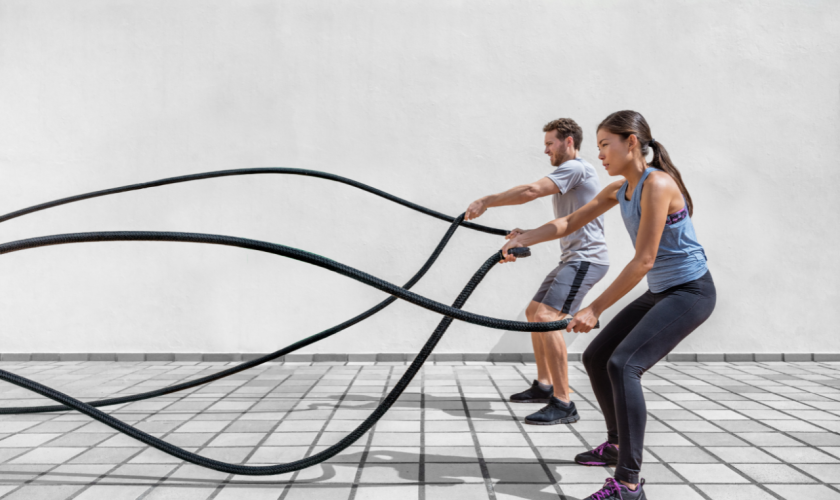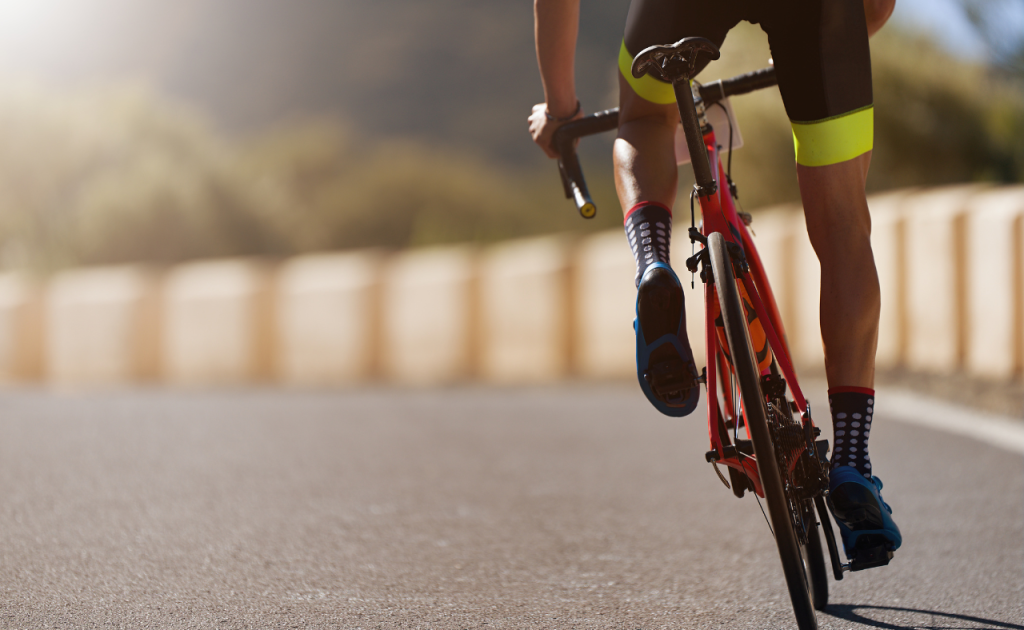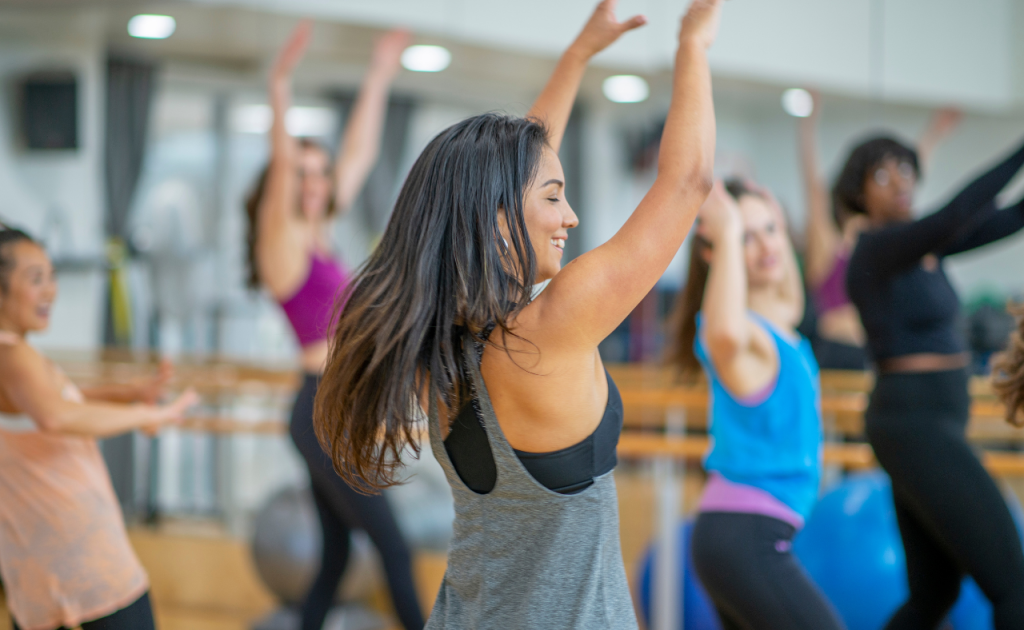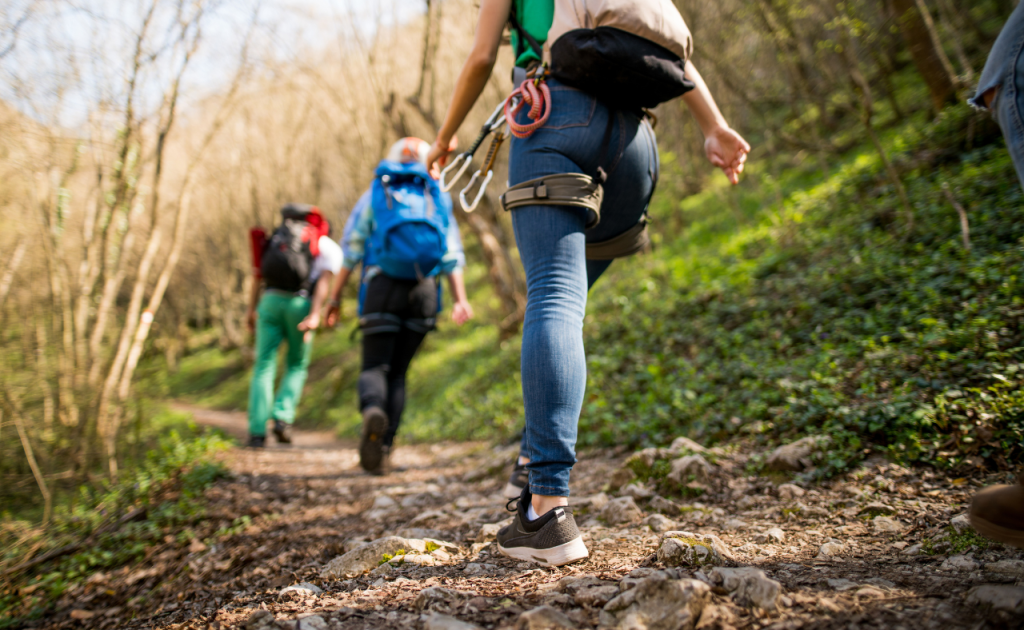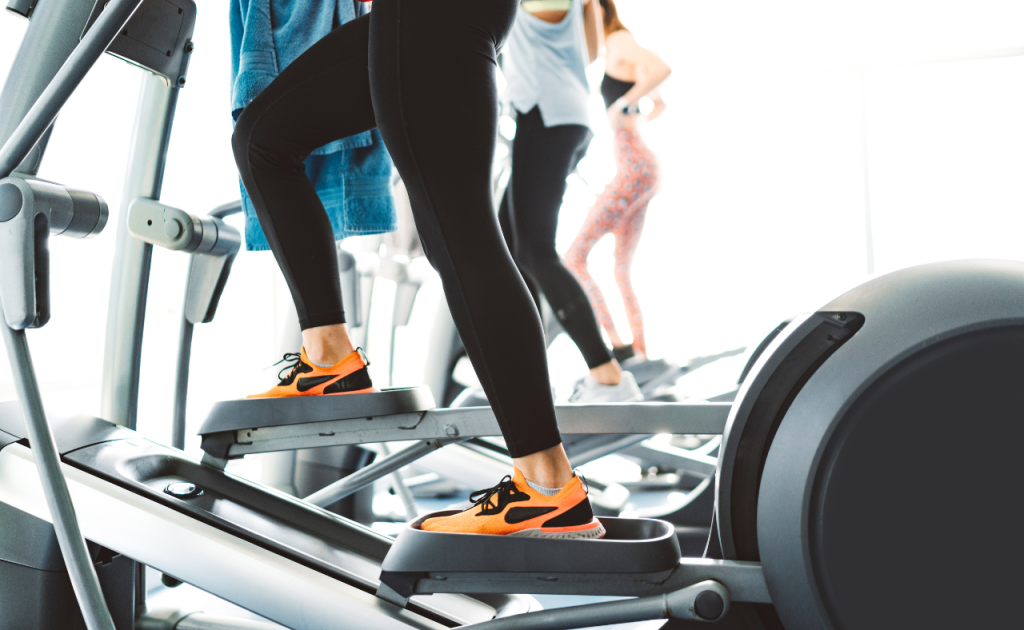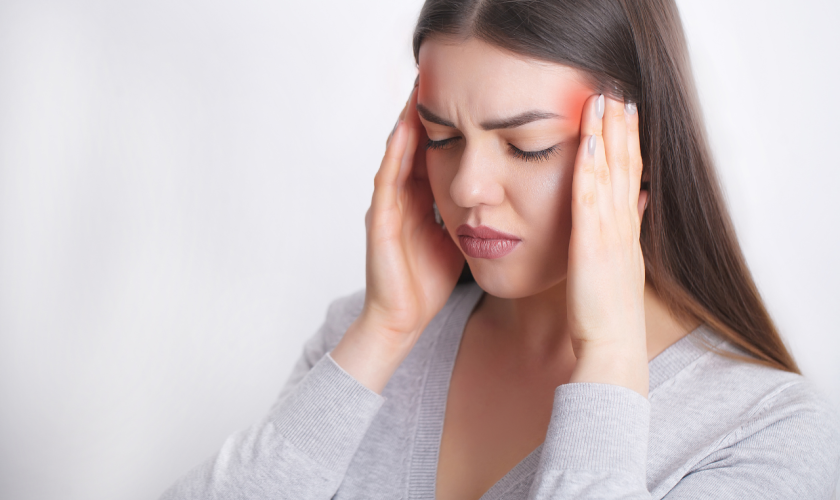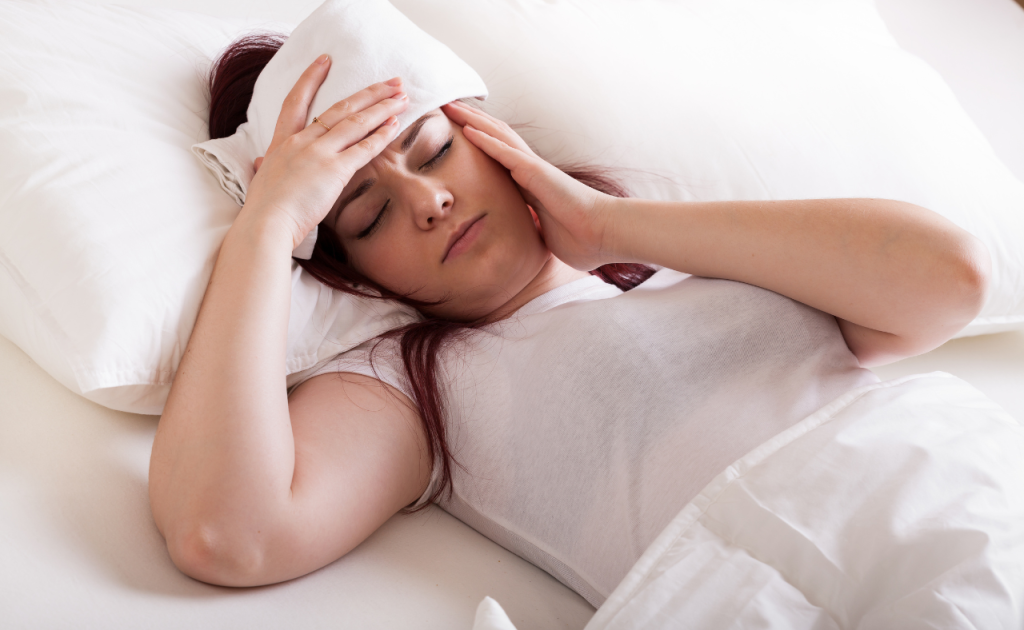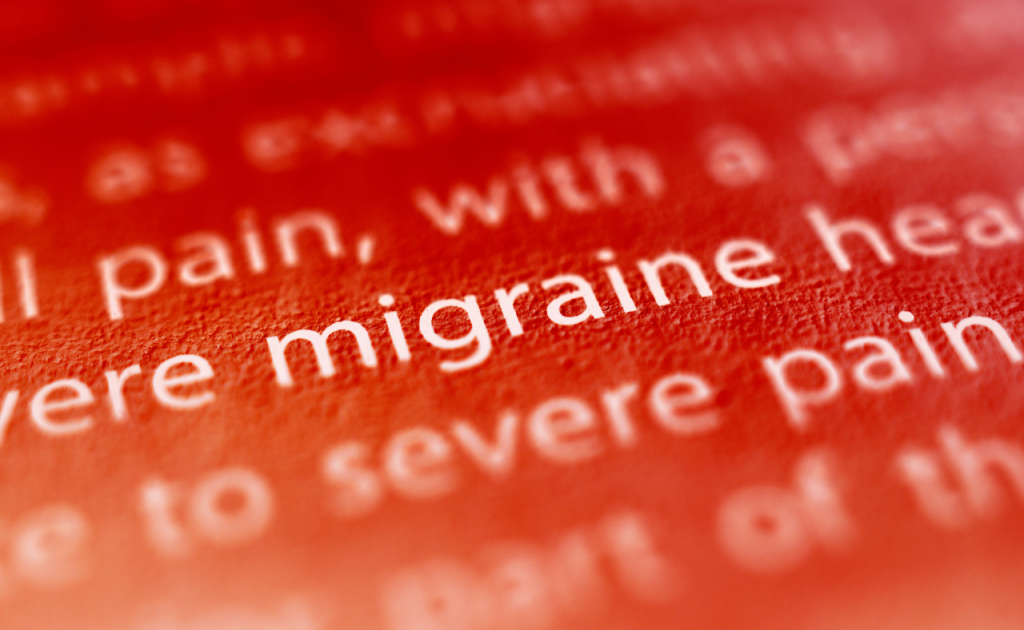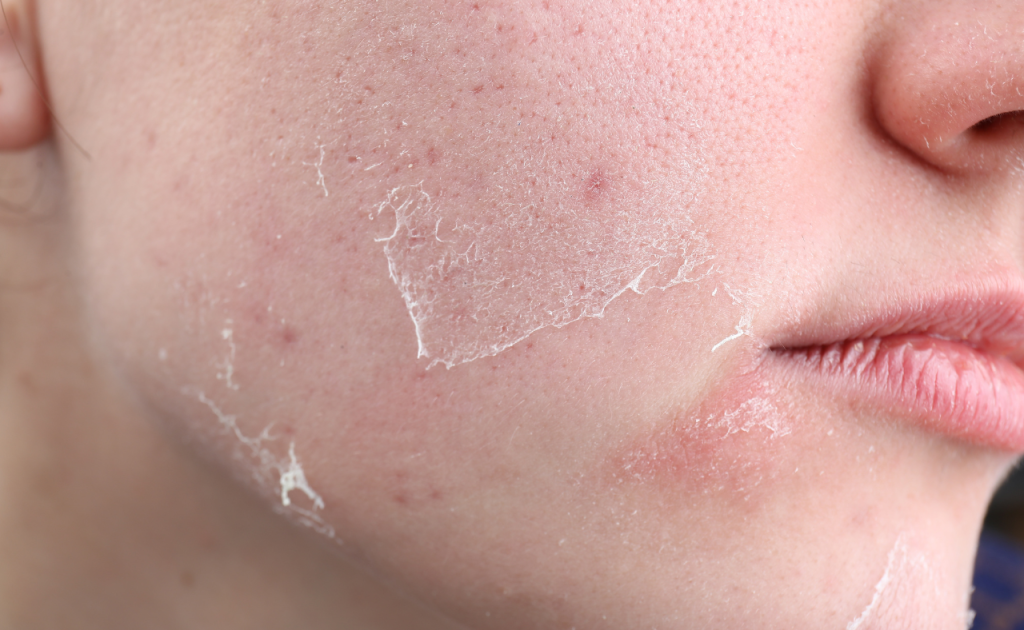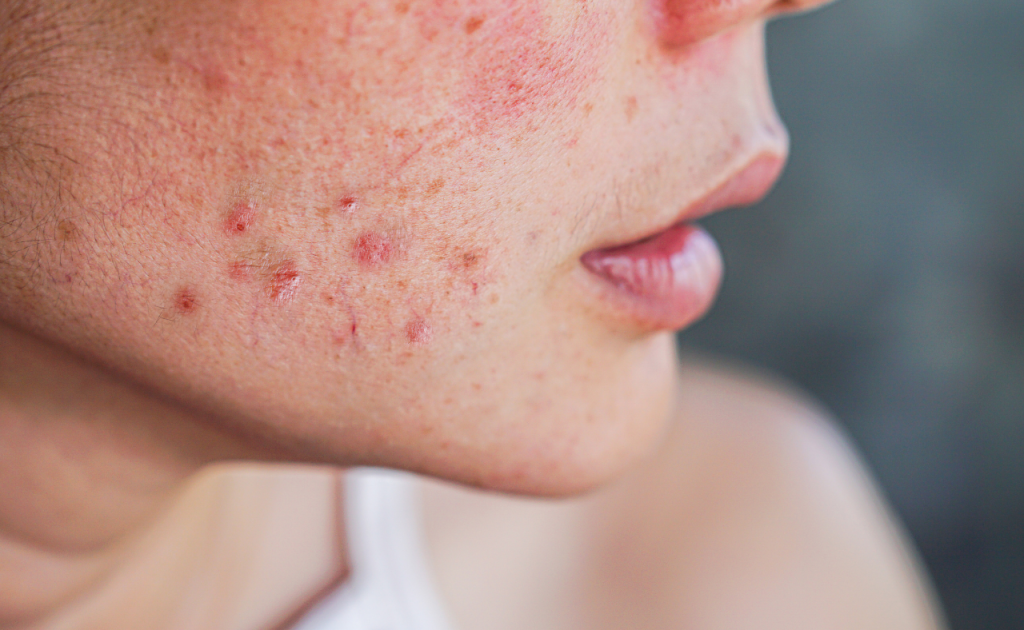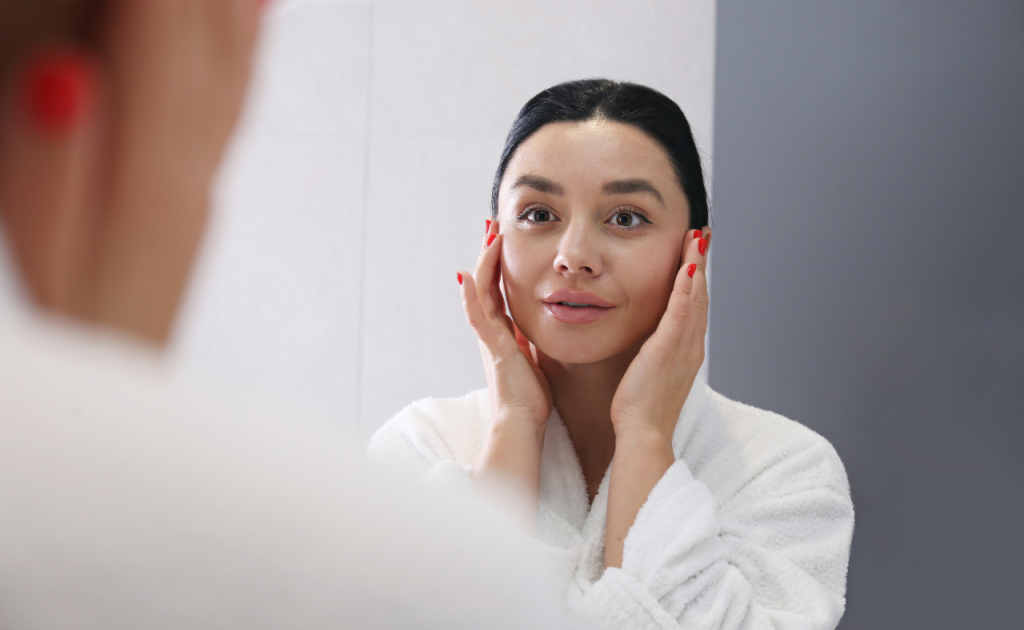In today’s fast-paced world, more and more people are looking for ways to eat healthier and maintain a balanced diet. High-protein foods play a crucial role in achieving fitness goals, building muscle, and promoting overall health. However, buying pre-packaged high-protein snacks and meals can be expensive and often contain additives and preservatives. The good news is that making high-protein food at home is not only cost-effective but also allows you to control the ingredients and customize your meals to suit your preferences and dietary needs. In this guide, we’ll explore how you can prepare delicious, high-protein dishes in your own kitchen, using fresh ingredients that are both nutritious and flavorful.
Why Choose High-Protein Foods?
The Benefits of Protein
Protein is an essential macronutrient that plays a vital role in the body. It helps repair tissues, build muscles, and produce hormones and enzymes. For those looking to lose weight, protein is particularly beneficial as it keeps you feeling fuller for longer, reducing the tendency to snack between meals. Moreover, protein supports metabolic health and can help maintain a stable blood sugar level.
How Much Protein Do You Need?
The amount of protein required varies depending on factors such as age, gender, weight, and physical activity level. On average, adults should aim for about 46-56 grams of protein per day. However, athletes or those engaging in intense physical activity may require more. Consulting with a nutritionist can help tailor your protein intake to meet your specific needs.
Essential Ingredients for High-Protein Recipes
Lean Meats and Poultry
Lean meats like chicken breast, turkey, and lean cuts of beef are excellent sources of protein. They’re versatile, easy to cook, and can be used in a variety of dishes. Opt for grass-fed or organic options if possible, as they are higher in nutrients and free from antibiotics.
Fish and Seafood
Fish, such as salmon, tuna, and mackerel, are not only high in protein but also rich in omega-3 fatty acids, which are beneficial for heart health. Shellfish like shrimp and crab are also great protein sources. Incorporating fish into your diet a few times a week can provide numerous health benefits.
Plant-Based Proteins
For those following a vegetarian or vegan diet, plant-based proteins such as beans, lentils, tofu, and tempeh are excellent options. Quinoa, a complete protein grain, is also a great addition to any high-protein meal. These ingredients are not only rich in protein but also provide essential vitamins, minerals, and fiber.
Eggs and Dairy
Eggs are a protein powerhouse, providing all the essential amino acids your body needs. They’re versatile and can be incorporated into breakfast, lunch, or dinner. Dairy products like Greek yogurt, cottage cheese, and low-fat milk also offer a good amount of protein, making them ideal for snacks or meal components.
Homemade High-Protein Breakfast Ideas
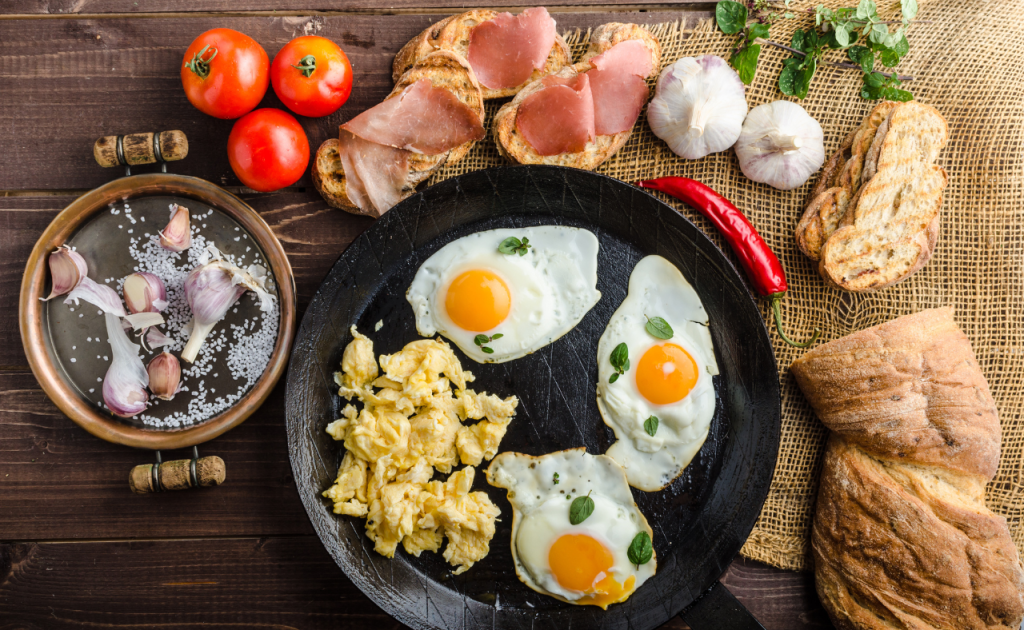
Protein-Packed Omelet
Start your day with a protein-packed omelet loaded with vegetables and lean meats. Beat a few eggs and pour them into a hot skillet. Add diced bell peppers, spinach, and mushrooms for added nutrients. Top with sliced turkey breast or cooked chicken for an extra protein boost. Cook until the eggs are set, fold the omelet, and enjoy a filling breakfast.
Greek Yogurt Parfait
Greek yogurt is an excellent source of protein and makes for a quick and easy breakfast option. Layer Greek yogurt with fresh berries, a handful of nuts, and a drizzle of honey for sweetness. This parfait is not only delicious but also provides a good balance of protein, fiber, and healthy fats.
Overnight Oats
Overnight oats are a convenient and nutritious breakfast option that can be prepared in advance. Combine rolled oats with your choice of milk or yogurt, and add a scoop of protein powder for an extra protein kick. Top with sliced almonds, chia seeds, and your favorite fruits. Let it sit in the refrigerator overnight, and you’ll have a ready-to-eat breakfast in the morning.
High-Protein Lunch and Dinner Recipes
Grilled Chicken Salad
A grilled chicken salad is a healthy and satisfying meal that’s perfect for lunch or dinner. Season chicken breasts with your favorite herbs and spices, then grill until fully cooked. Slice the chicken and serve over a bed of mixed greens, cherry tomatoes, cucumber, and avocado. Top with a light vinaigrette dressing for added flavor.
Quinoa and Black Bean Bowl
Quinoa is a versatile grain that’s rich in protein and pairs well with various ingredients. Cook quinoa according to package instructions and mix with black beans, corn, diced tomatoes, and chopped cilantro. Season with lime juice, cumin, and chili powder for a zesty kick. This protein-rich bowl is both filling and nutritious, making it an ideal meal for busy days.
Baked Salmon with Vegetables
Baked salmon is not only delicious but also packed with protein and omega-3 fatty acids. Place salmon fillets on a baking sheet and season with lemon juice, garlic, and dill. Arrange your choice of vegetables, such as asparagus and cherry tomatoes, around the salmon. Bake in the oven until the salmon is cooked through and the vegetables are tender. This dish is not only flavorful but also incredibly easy to prepare.
Snack Ideas for a Protein Boost

Homemade Protein Bars
Homemade protein bars are a convenient and tasty snack that you can enjoy on the go. Combine oats, nut butter, protein powder, honey, and your favorite nuts or seeds in a bowl. Press the mixture into a baking dish and refrigerate until firm. Once set, cut into bars and store in an airtight container. These bars are not only high in protein but also free from artificial ingredients.
Roasted Chickpeas
Roasted chickpeas are a crunchy and satisfying snack that’s packed with protein and fiber. Toss canned chickpeas with olive oil, salt, and your favorite spices. Spread them out on a baking sheet and roast in the oven until crispy. Enjoy them as a snack or sprinkle them over salads for added texture and flavor.
Cottage Cheese with Fruit
Cottage cheese is a versatile and protein-rich snack that pairs well with various fruits. Top a serving of cottage cheese with sliced peaches, pineapple, or berries for a refreshing and nutritious treat. You can also add a sprinkle of cinnamon or a drizzle of honey for extra sweetness.
High-Protein Desserts to Satisfy Your Sweet Tooth
Protein-Packed Smoothie
Satisfy your sweet tooth with a protein-packed smoothie. Blend together your favorite fruits, such as bananas or berries, with Greek yogurt or a scoop of protein powder. Add a handful of spinach for added nutrients and a splash of almond milk for a creamy texture. This smoothie is not only delicious but also provides a good amount of protein to keep you energized throughout the day.
Chocolate Protein Pudding
Indulge in a chocolate protein pudding that’s both decadent and nutritious. Mix together Greek yogurt, cocoa powder, and protein powder until smooth and creamy. Sweeten with a bit of honey or maple syrup if desired. Chill in the refrigerator for a few hours before enjoying a guilt-free dessert that’s high in protein.
Baked Protein Donuts
Treat yourself to baked protein donuts that are perfect for breakfast or dessert. Combine whole wheat flour, protein powder, eggs, milk, and a sweetener of your choice in a mixing bowl. Pour the batter into a donut pan and bake until golden brown. Top with a glaze made from Greek yogurt and a sprinkle of crushed nuts for added flavor and texture.
Tips for Cooking High-Protein Meals at Home
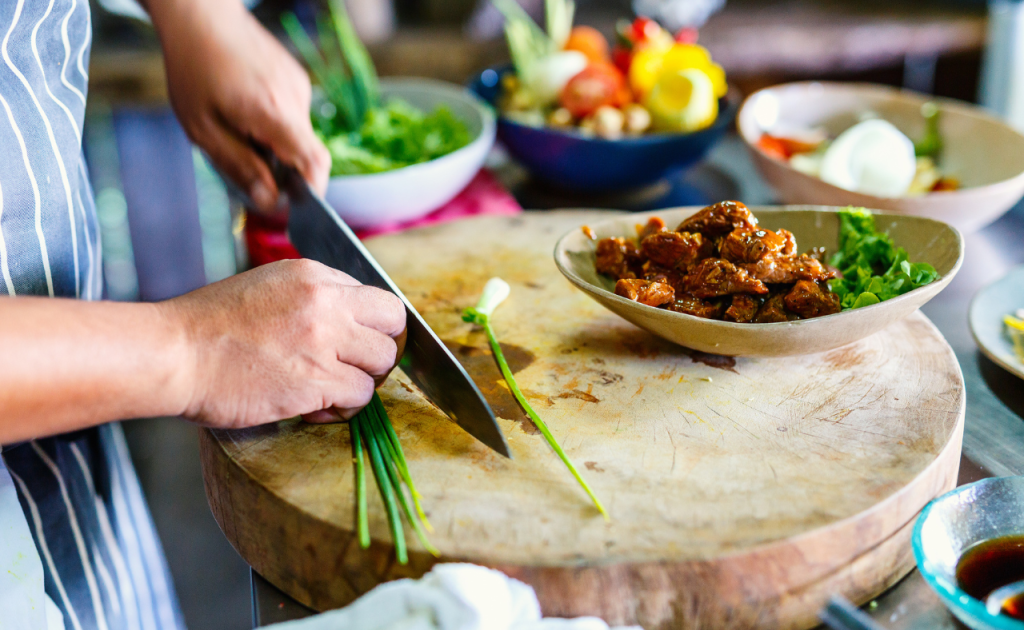
Plan Your Meals
Planning your meals in advance can help ensure that you incorporate enough protein into your diet. Take some time each week to create a meal plan that includes a variety of high-protein dishes. This will not only help you stay on track with your nutritional goals but also make grocery shopping and meal preparation more efficient.
Experiment with Flavors
Don’t be afraid to experiment with different herbs, spices, and seasonings to add flavor to your high-protein meals. Experimenting with flavors can help keep your meals exciting and prevent you from getting bored with your diet. Try using different marinades for meats, adding fresh herbs to salads, or experimenting with international cuisines to discover new and delicious flavor combinations.
Utilize Kitchen Tools
Investing in some basic kitchen tools can make preparing high-protein meals easier and more enjoyable. A good set of knives, a blender, a food processor, and non-stick pans can go a long way in helping you create delicious and nutritious dishes. Additionally, consider using a slow cooker or instant pot for convenient meal preparation, especially for busy days.
Final Thoughts
Incorporating high-protein foods into your diet doesn’t have to be a daunting task. With a little planning and creativity, you can prepare a variety of delicious and nutritious meals right in your own kitchen. By choosing whole, fresh ingredients and experimenting with flavors, you’ll not only meet your protein needs but also enjoy the process of cooking and eating.
High-protein diets offer numerous benefits, from supporting muscle growth and repair to aiding in weight loss and promoting overall health. By making your own high-protein foods at home, you have the opportunity to take control of your nutrition and make informed choices about what you eat. Whether you’re an athlete, a busy professional, or someone looking to improve your diet, these homemade high-protein recipes will help you achieve your health and fitness goals.
So, roll up your sleeves, put on your apron, and start exploring the world of homemade high-protein foods. With the right ingredients and a little creativity, you’ll be amazed at the delicious and satisfying meals you can create. Embrace the journey to better health and enjoy the rewards of a protein-rich diet made right in your own kitchen.
